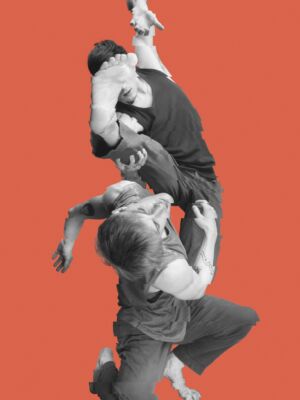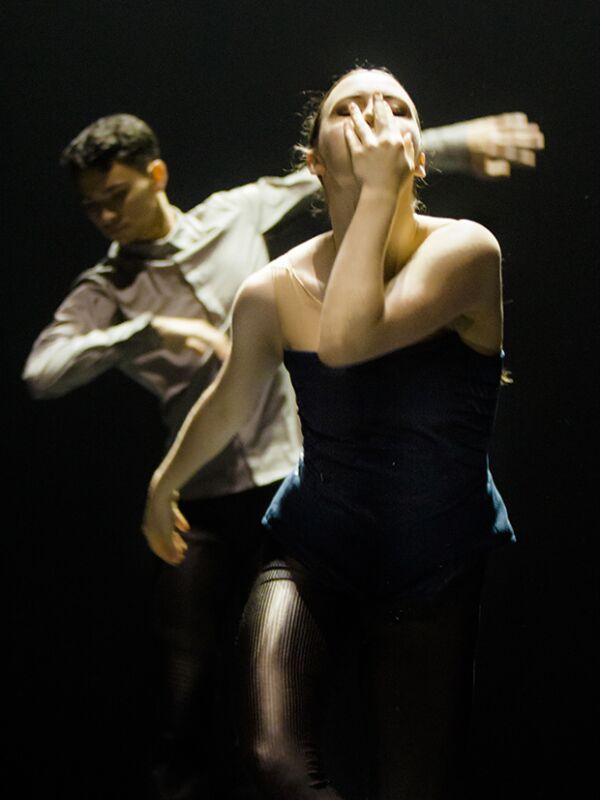The performances in this programme have taken place in season 2017-2018.
As the title suggests, the music of virtuoso Franz Schubert predominates in this first NDT 2 programme. Besides the poetic duets in One on One (2015) by Johan Inger and the energetic teamwork in Alexander Ekman’s Cacti (2010) NDT treats the audience to a world premiere by associate choreographer Marco Goecke (Wir sagen uns Dunkles). Schubert will be accompanied live by Het Balletorkest.
In Cacti choreographer and selfproclaimed ‘rhythm freak’ Alexander Ekman used classical music for the first time; a new arrangement of Schubert’s Der Tod und das Mädchen, in which the dancers form the instruments of the orchestra.
Inger chose to make One on One on Franz Schubert’s Impromptus and 21st Sonata. These scores are considered the composer’s last great piano compositions. One on One earned Inger the prestigious 2016 Benois de la Danse award.
Finally, Marco Goecke will create a new piece for the young NDT 2 dancers (Wir sagen uns Dunkles). With his particular, frenetic movement language, Goecke is one of the world’s most sought-after choreographers.
Watch the photo’s of Schubert here.










